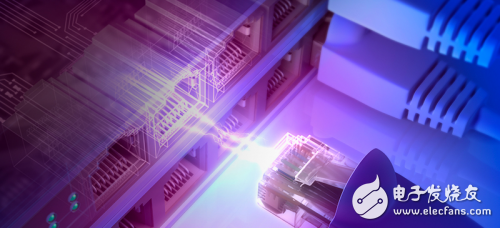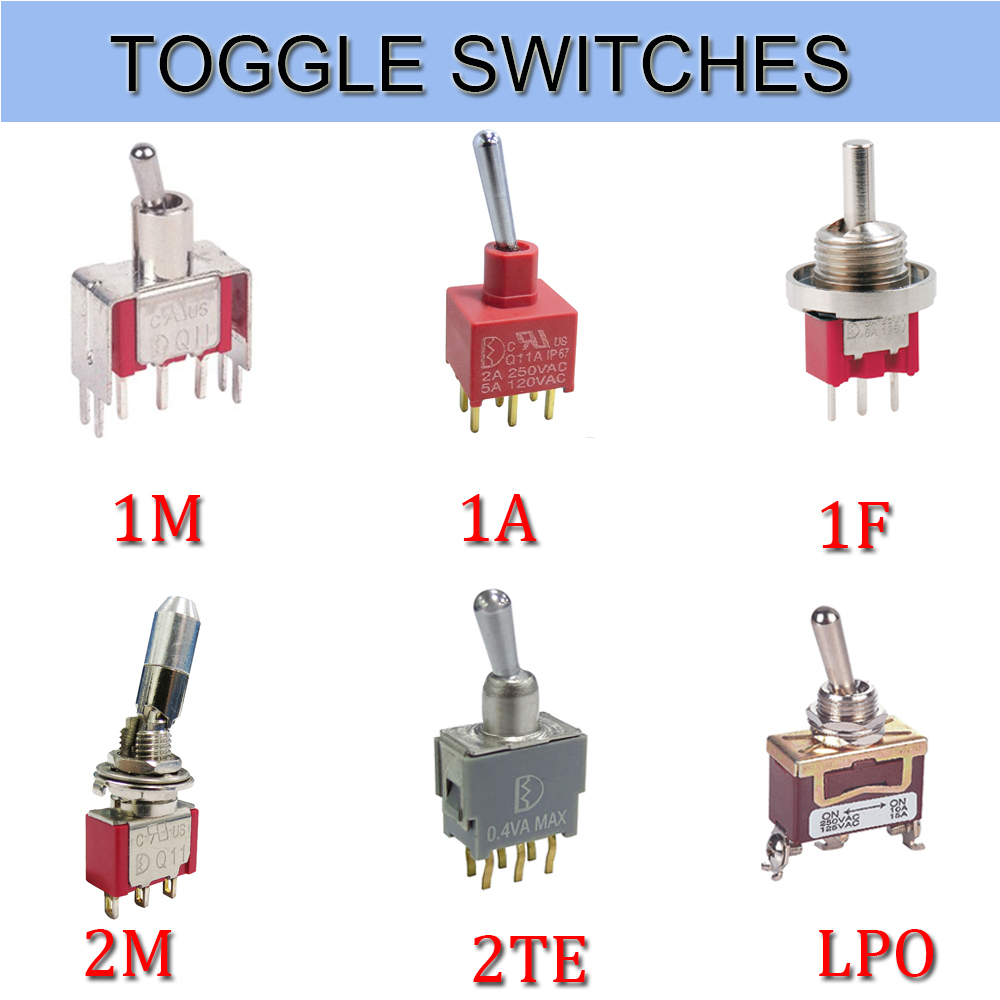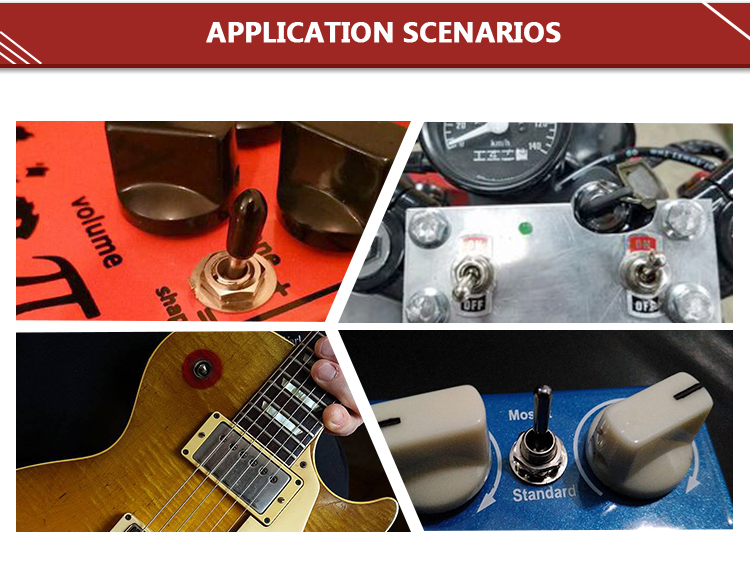With the growing presence of various "G" speeds in enterprise data centers and cloud-level networks, it's time to take a closer look at their performance and how they're shaping the future of connectivity.

The rise of cloud computing and the expansion of data centers have driven the need for faster Ethernet speeds. As cloud-based big data continues to grow, operators are under pressure to handle increasing workloads. To meet these demands, data centers are expanding by adding bandwidth capabilities alongside existing infrastructure. The rapid adoption of 25G and 100G Ethernet is a clear sign of this trend.
Major long-haul cloud enterprises have started transitioning their core networks to 100G Ethernet to manage the growing traffic. However, many operators still see 100G or even 40G as overkill for server connections, as most applications only require gradual improvements on 10G networks. This has led to the continued popularity of 25G and 50G Ethernet in data centers. In this article, we’ll explore why 25G might be a better fit than 40G for certain applications.
New Ethernet technologies aren’t just about setting new speed records—they’re also about extending network protocols into adjacent markets, especially the data center sector. Let’s take a closer look at 25G, 50G, and 100G, and understand why each plays a key role in today’s evolving network landscape.
25G
The IEEE 802.3 standard for 25G Ethernet was finalized in 2016, designed specifically for cloud data centers. This quick development was made possible by reusing components from 10G and 100G Ethernet, which helped accelerate its deployment.

Figure 1: Development plan for the Ethernet standard
While 40G and 100G already exist, 25G offers a more practical solution for many data centers. The existing 100G standard uses four 25G links, making it easier to scale up from 25G switches to 100G uplinks. Similarly, 40G Ethernet is built on four 10G links. But with many servers now exceeding 10G, 25G provides a more efficient way to aggregate bandwidth while keeping costs manageable.
50G
Although the official IEEE 802.3 standard for 50G Ethernet is expected around 2018–2020, industry groups anticipate early product availability as early as 2016. Like 25G, 50G is seen as the next step in high-speed data center connectivity. Analysts predict that servers and high-performance storage systems will soon require more than 25G bandwidth.
To speed up the adoption of 25G and 50G, the 25G/50G Ethernet Alliance has removed licensing fees, making it accessible to all vendors in the data center ecosystem. Reusing 25G components from existing 100G networks helps reduce implementation costs. For example, 25G cabling costs the same as 10G but delivers 2.5 times the performance. Similarly, 50G offers 25% better performance than 40G at half the cost.
100G
For long-haul carrier networks spanning hundreds to thousands of kilometers, 100G Ethernet will continue to grow in importance. However, within data centers, 100G is being tailored for specific use cases. The 100G CLR4 consortium, led by Intel and Arista Networks, sees 100G as ideal for connecting large data centers over distances ranging from 100 meters to 2 kilometers.
Other companies are also exploring alternative 100G implementations. Avago Technologies joined the CWDM4 MSA Industry Alliance, which aims to define low-cost 100G optical interfaces for data centers within 2 km. These solutions use four 25G single-mode fiber channels via coarse wavelength division multiplexing (CWDM). Similarly, the OpenOpTIcs MSA, supported by Ranovus and Mellanox, is focused on developing 100G solutions for 2 km data centers.
As data volumes continue to surge, the balance between speed and cost becomes increasingly important. While faster speeds have traditionally driven innovation, today’s network operators must find smart ways to reuse existing technology to achieve cost-effective scalability. Whether it's 25G, 50G, or 100G, each plays a critical role in meeting the demands of the modern data center.
Toggle switches
Toggle switches, also called On Off Toggle Switches, is often used as the switching device of the equipment stalls. Meanwhile, we are also offer our customers Key Switches, Metal Switches, Automotive Switches, Push Button Switches, etc.
The Electrical Toggle Switches is a manually controlled Toggle Switches similar to the dial switch. Most of this Latching Toggle Switches are widely used in on-off control of AC and DC power circuits, and are less commonly used in circuits of several kilohertz or up to 1 megahertz. Let's take a look at the following.

1. Splash-proof knob button switch
The panel is installed with a splash-proof `O` ring seal, and the knob is a ball. It is a splash-proof ball button knob switch. Its terminals are in a straight line and the bottom of the terminals is sealed with epoxy resin. Strong corrosion resistance, suitable for automotive parts
2. Vertical Mount Right Angle Toggle Switch
The vertical mounting of the terminals and the terminal pins are right-angled, so it is a vertically mounted right-angled toggle switch. Its contacts are gold-plated and highly reliable. Mostly used in anti-theft devices, alert system.
3. Bipolar single toggle switch
At the same time, the switch breaks the phase line and the N line and controls one branch. Therefore, it is a bipolar single toggle switches. The contacts are in 3PDT form and are used for multimedia speakers and stereos.
4. Standard surface mount unthreaded toggle switches
The terminal adopts the standard mounting mode. Its sleeve has no thread. It is called a standard surface mount screw-less switch. The contacts are SPDT and its electrical life is as high as 55,000. Used for medical equipment
5. Horizontally mounted right-angle toggle switch
Compared to the vertical switch, it only changes direction to horizontal, so it is horizontally mounted right-angle toggle switch. The contacts are double-pole double-throw and the bottom of the terminal is Epoxy Seal. Mostly used for computer peripherals.

Toggle Switches,Toggle Switch On Off,ON-ON Toggle Switch,HT802 Series Toggle switches,Momentary Toggle Switch,High Current Toggle Switch,Waterproof Toggle Switch,Toggle Switches (ON)-OFF,IP68 Toggle Switch
YESWITCH ELECTRONICS CO., LTD. , https://www.yeswitches.com